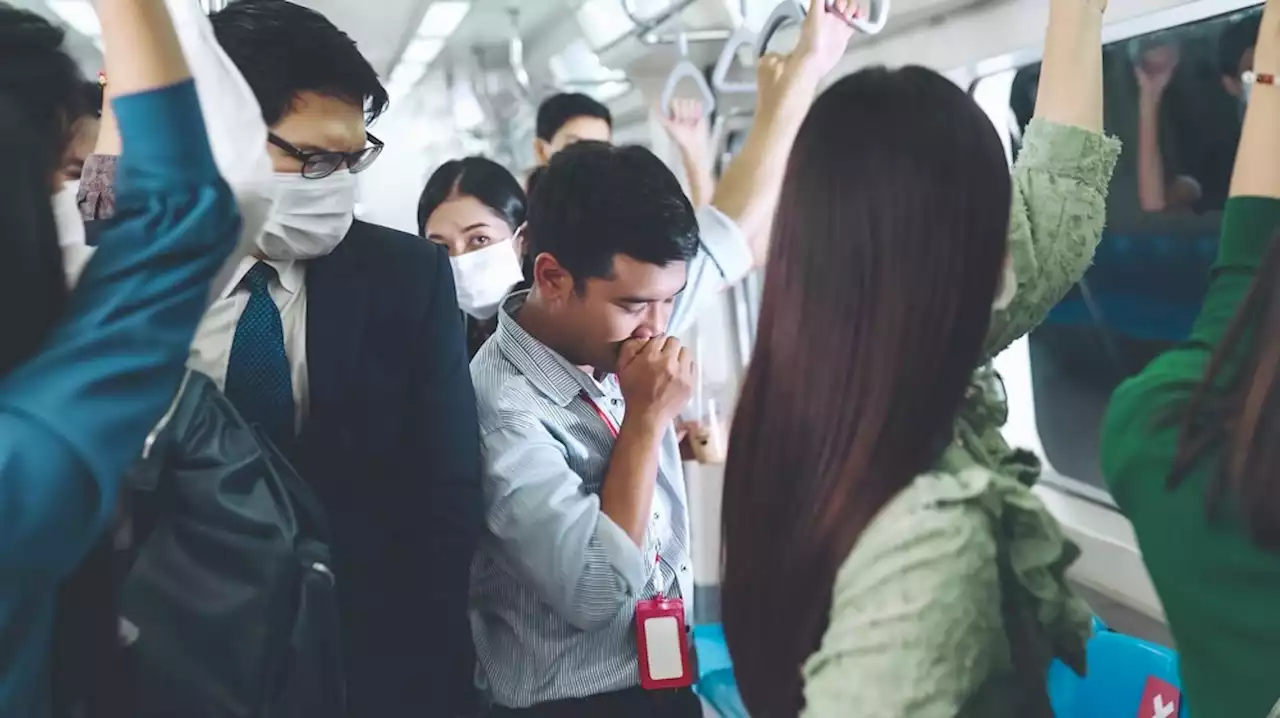Estimating the risk of airborne SARS-CoV-2 transmission in a train carriage Coronavirus Disease COVID PublicHealth imperialcollege Cambridge_Uni UniOfSurrey QinetiQ
By Dr. Chinta SidharthanOct 30 2022Reviewed by Benedette Cuffari, M.Sc. In a recent Indoor Air journal study, researchers in the United Kingdom evaluated the risk of airborne transmission of the severe acute respiratory syndrome coronavirus 2 in a mechanically ventilated inter-city train carriage in the United Kingdom.
Various studies exploring the transmission of airborne pathogens in trains have recommended using personal protective equipment , increasing the distance between passengers, and opening windows to increase ventilation. However, train carriages with mechanical ventilation optimized for energy efficiency and thermal comfort do not have the flexibility to modify the airflow.
CO2 sensors that function on the non-dispersive infrared principle were used to determine CO2 concentrations based on the proportional absorptance of infrared light while the carriage was in service. CO2 concentrations were considered a proxy for rebreathed air. The number of passengers and their locations were manually noted.
The highest quanta generation value gave an infection probability value of 4%. With the carriage nearly at capacity with 136 passengers, the number of passengers with secondary infections was estimated to be 5.6, which dropped to 1.4 when the carriage had only 34 passengers.
